 |
|
|
|
|
||||||||||
|
|
|
||||||||||
|
Technical
Tips from Mark W. Persons |
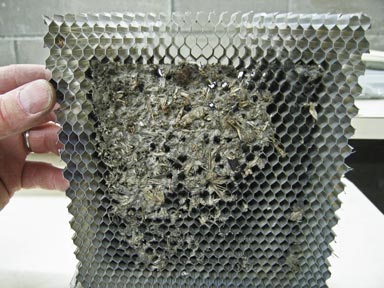
This kind of obstruction will easily raise the temperature of the tube and reduce its life. Best to check and clean as often as possible. |
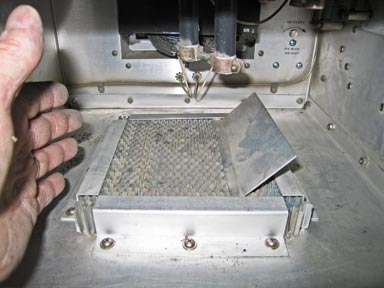
|
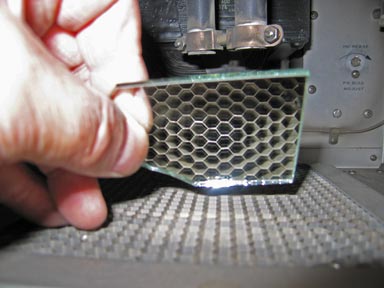
In the back right, you can see where the PA Bias control was until the transmitter was modified. This is a very inconvenient location and it cannot be adjusted while the transmitter is on the air. |
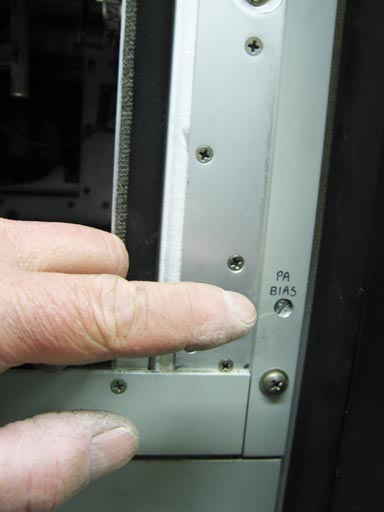
|
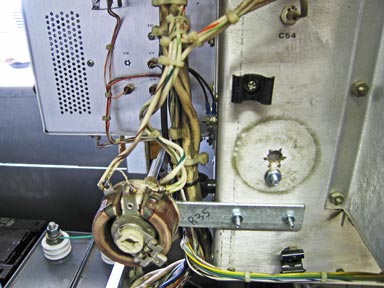
|
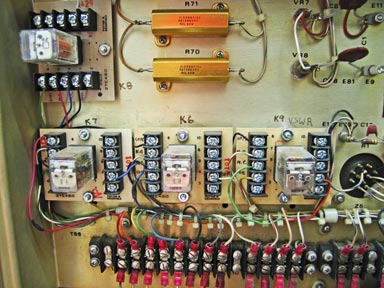
|
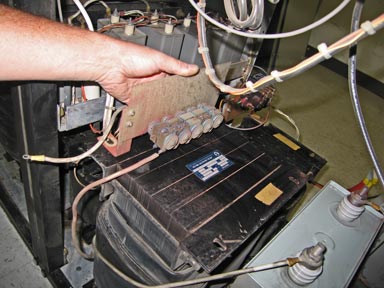
The left photo shows a bad one being removed from the high voltage reactor. The right photo is a close-up of some of the failed devices. Continental has deleted these selenium stacks from current designs because, as we heard, they were not needed and turned out to be more trouble than they are worth. |
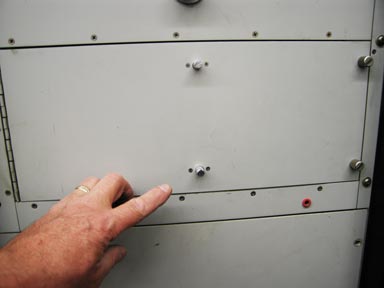
|
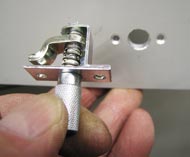 |
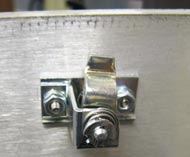
|
|
The stories go on and on.
Stop in again sometime. I'll leave the soldering iron on for you.
|
|
Questions? Email Mark Persons: teki@mwpersons.com |